Prog Giants Nektar Remember The Future from The Other Side
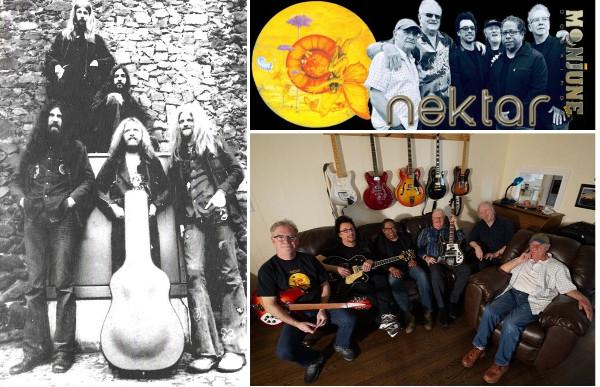
Early, mind-expanding Nektar albums like November 1971’s Journey to the Centre of the Eye, November 1972’s A Tab in the Ocean, and November 1973’s Remember the Future were all said to have influenced the always exploratory likes of Pink Floyd — not only in terms of the sheer breadth of their forward-thinking compositions, but how they set the bar for the overall acceptance of cosmic-leaning subject matter for many a concept album that followed in their own Milky Way-bound wake.
While the band have certainly seen their fair share of soaring orbits and downward trajectories all throughout a storied career that now spans 50 years and counting, Nektar have roared back into the breach with the recent release of The Other Side (Esoteric Antenna), a concept album about one man’s journey to, well, the other side, and (hopefully) back. It’s also the band’s first concept album since January 1976’s Recycled. From the sensually charged “I’m on Fire” to the 17-minute spiritual journey of “Love Is/The Other Side” to the acoustic-tinged reflection of “Look Thru Me,” the sheer sonic breadth of The Other Side reminds us prog heads why Nektar has always sounded so sweet.
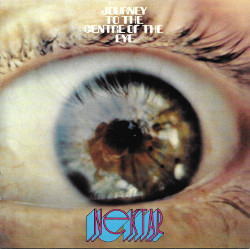 |
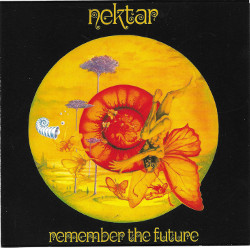 |
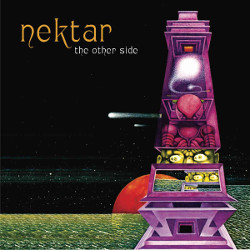 |
I sat down with Moore and founding drummer Ron Howden in Nektar’s dressing room backstage prior to their soundcheck at the Hamburg Palace in Hamburg, New York, back on February 22 — which, I should point out, occurred a few weeks before we all entered into our current social-distancing era — to discuss when the band knew they had chemistry together, how they directly address their history on The Other Side with class, and the enduring legacy of their deep canon. I also called across the Pond to get some Nektar surround-sound scoop from Mark Powell, the man who oversaw the release of a trio of Nektar SACDs in the early 2000s. Music will guide us along the ride. . .
Mike Mettler: Now, if I have my calendar right, you guys have known each other since 1964. Is that right?
Ron Howden: I think so, yeah. I would have been in the Rocking Berries, and you were probably with George Gill and. . .
Derek “Mo” Moore: (looks at Ron, and nods): ’64 is when I met you in Sheffield.
Howden: Yeah. He was playing with a band named the Judds, doing all Chuck Berry songs, and I loved that. He was the only bass player I saw who could do that riff right. So we had to start playing together right away. (smiles)
Mettler: And that’s when you knew you could lock in together as a rhythm section.
Moore: We did. We locked in from Day 1.
Howden: Yeah, absolutely. We just walk down the same road together. Whenever I play with Mo, I always find we approach it from the same angle. I’ve played with a lot of bass players, but there’s a certain chemistry I have with Mo. That was the way with the original four in Nektar [guitarist/vocalist Roye Albrighton, bassist Moore, drummer Howden, and keyboardist Allan “Taff” Freeman] — the chemistry was unbelievable. We would just be playing together, and suddenly a whole album would come out of it. It was like, “What? We’ve just been playing the music we like to play, and you’re telling me that’s an album?”
Moore: I had a break from playing for 26 years. But when Ron came to NEARFest [on June 29, 2002 at the Patriots Theater at the War Memorial in Trenton, New Jersey], it was like we’d never been apart. He’s my brother.
Mettler: I could tell that right from the very first time I spun albums like [November 1972’s] A Tab in the Ocean on vinyl.
Howden: To me, listening to vinyl is like holding a magazine in your hands. There’s nothing like sitting down with a vinyl album and being able to read about what you’re hearing and associate them together. Trying to read small print in a CD booklet can take you away from what you’re listening to. The type is so small in the booklet and on the CD itself that you usually need glasses to read them, and it takes away from the atmosphere, you know? Otherwise, you put the vinyl on, you sit back, and you’ve got it running from beginning to end.
Mettler: No arguments here. Mo, you were a classically trained pianist growing up. Was that something your parents wanted you to do?
Moore: My sister was a classical musician, so she taught me the piano.
Mettler: Did you like learning it?
Moore: I loved it! I like classical music today. I like doing cello parts, because I can play more melodically through them.
Mettler: Ron, who are your heroes from behind the kit?
Howden: For me? There are a number of different people. I really like Ringo [Starr], because I’m a big believer in playing for the music. He always did the best thing for the song, and that’s what I like.
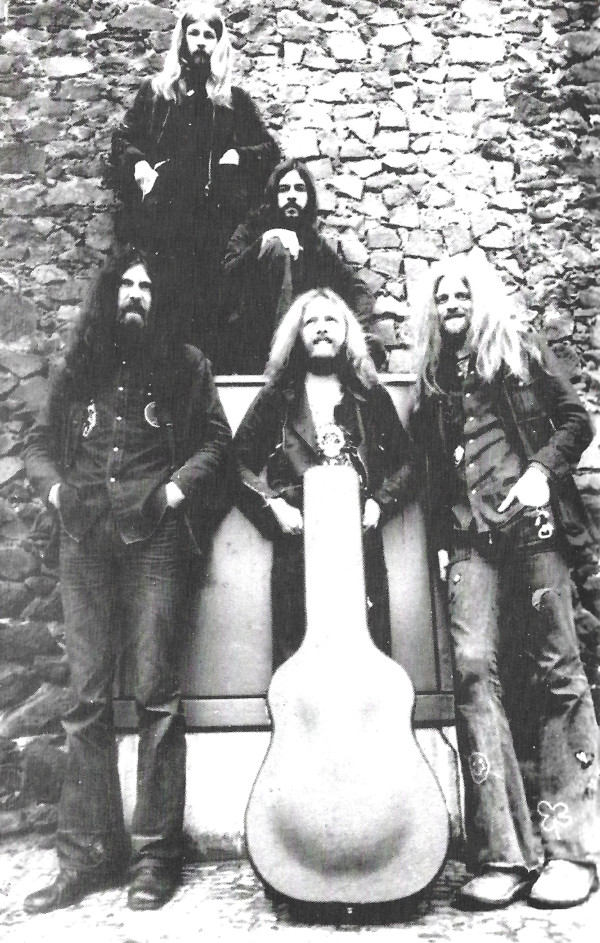
And then I liked Mitch Mitchell, who played with [Jimi] Hendrix. He was so innovative — if you listen to some of the fills and other things he did, it was like, “Whoa!” I’d never heard anything like that before. He had a little more finesse than some of the heavier hitters. That’s just like Michael Giles, with King Crimson. That drumming he did on [October 1969’s] In the Court of the Crimson King album was out of the ordinary. I loved it — loved it! So that’s where I was at the time.
Mettler: And now we come to The Other Side. I saw the photos of everyone working in the studio together in Long Branch, New Jersey, and it was pretty clear how you were taking cues off each other.
Moore: Yeah, that’s right. Shorefire Recording Studios was a big studio, and we were placed around in a circle so we could see each other. All the amplifiers were in other rooms, and we all had headphones on so we could get the right balance. When we came to mix it, it sounded great. Great studio.
Mettler: “Sky Writer” was originally called “Sky Pilot,” wasn’t it? You started working on it in the late-’70s.
Moore: I wrote in back in ’78, yeah. When we were looking for music for the new album, I pulled that one out, and I wasn’t thrilled with it. It didn’t do what I wanted it to do, and Ryche [Chlanda, guitarist/vocalist] said, “Well, how about this?” He pulled out a verse, and then it all made sense. Once we had that verse, we added the chorus and went into the middle bridge, and then it all fell into place. I wrote all new words for it, and it became “Sky Writer.” It’s the story of a guy whose girlfriend, his significant other, dies, and he’s up in the sky writing letters in the sky, hoping that she can read them.
Mettler: That’s a wonderful concept. “Drifting” has a number of cool time signature changes in it — 9/8 and 5/4, then a 4/4 shift.
Moore: Yeah, it’s 9/8, with those shifts. And we did it in one take.
Mettler: Wow. Did you have it mapped out beforehand, or did it come intuitively?
Moore: We had it all mapped out. We had done it a few different times and had played it enough that by the time we went into the studio, we knew the song. Once we had the sound right, we blew through a take, and that was it. It was the right one, and we knew it. We just added the vocal, and the piano underneath it that follows the vocal.
All the songs were recorded live. Once we had the live recordings done, then we did the overdubs. But when we came to “Drifting,” there was nothing we wanted to change. Everything was just how we wanted it, so we left it.
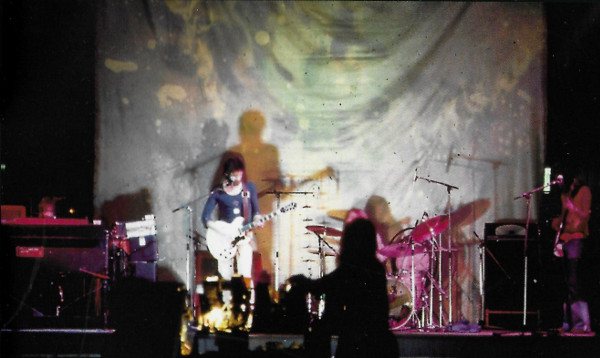
Mettler: And you made a nice decision with “Devil’s Door,” to have the Roye Albrighton guitar part from a live 1974 performance intact for the intro.
Moore: Oh yeah. At first, I said, “Let’s have a listen to it, and get the vibe. Then we’ll go in and play it.” When he [Roye] played it, it sounded so crystal-clear that I said, “We gotta use this. We’ll use this as the intro and bring it underneath, and then it’ll come out when we play.” Everybody said, “Yeah, let’s do that.”
Howden: I mean, how could we not do it? Roye was such a big influence on all of us.
Moore: So I got ahold of Roye’s wife Lyn, and I asked her if she would endorse it. She said she felt great about it, so we went ahead and did it.
[Note: Founding Nektar guitarist/vocalist Roye Albrighton passed away in 2016. The full performance of the rare track “The Devil’s Door” can be heard via the band’s gig at Oetker Halle in Bielefeld, Germany on June 12, 1974, which appears on Disc 2 in the Live Anthology 1974-1976 box set.]
Mettler: If you didn’t know that passage was sewn in like that, I don’t think you could detect a difference in the sound.
Moore: You wouldn’t know. We blended it together really well. We got the tones just right.
Mettler: And it does fit the overall Other Side vibe because. . .
Moore: . . .because that’s where he [Roye] is. If you listen to the guitar, it’s panning from the left to the right. That panning was done by Vinny Schmid, our sound engineer who has also died, so now he’s on the album too.





























































